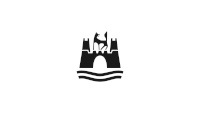Laagberg Concentration Camp Memorial and Learning Site
- Archival item of the month, issue 2/2022: Captured in photographs: The transformation of the former Laagberg subcamp By Maik Ullmann
- A train of prisoners in front of the Laagberg subcamp. What an ink drawing reveals about the end of the Nazi concentration camps By Maik Ullmann
3D model of the concentration camp Laagberg in animation
Laagberg Concentration Camp by DenkmalpflegeWOB on Sketchfab
Workshop : "Design possibilities for the presentation of the foundation remains of prisoner barracks 4 on the grounds of the former Laagberg subcamp".
What distinguishes Wolfsburg's places of remembrance in their design and where do their problems lie in terms of accessibility? With these questions, the two exhibition designers Phillip Schwerdtfeger and Johannes Vogt opened the 6th workshop in the conceptual design process for the planned memorial and learning site on the Laagberg on April 25, 2018 in the rooms of the Wolfsburg Institute for Contemporary History and Urban Presentation. While the "difficult exhibit" in the form of the foundation remains was already often a central component of the discussions, the second part of the workshop opened up new perspectives with regard to a possible staging of the same.
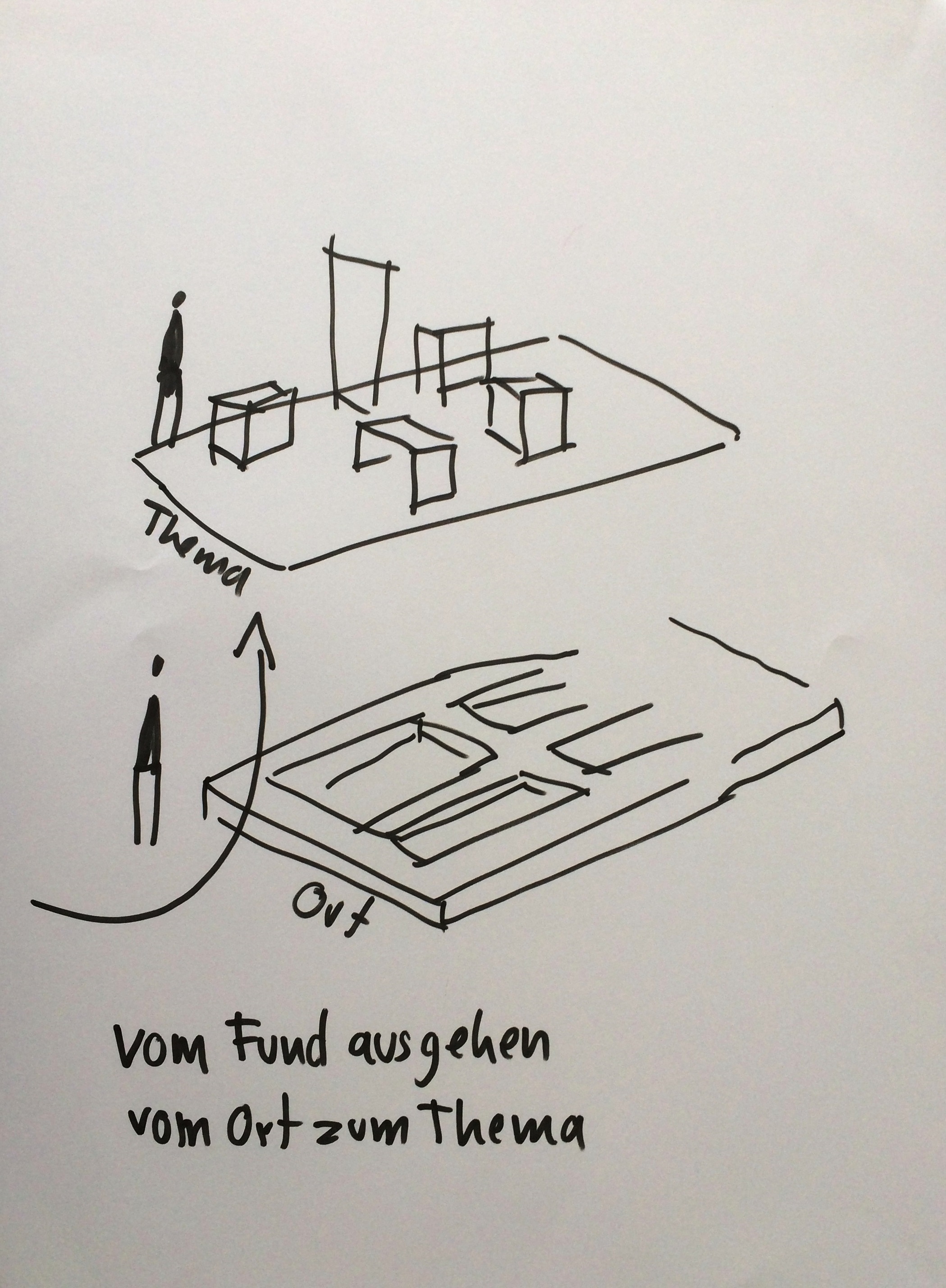
Teachers' Workshop "The Importance of Structural Remains in Memorial Sites".
On February 15, 2018, a workshop especially for teachers took place in the rooms of the Institute for Contemporary History and Urban Presentation (IZS) in Wolfsburg. At this workshop, the concept of the concentration camp memorial as an experiential space was discussed and, closely related to this, the question of how to work pedagogically on the site of the former concentration camp on the Laagberg. For this purpose, the IZS had invited Dr. Christian Mehr, who in his research has dealt with the structural remains of concentration camp memorials and their function as extracurricular places of learning.
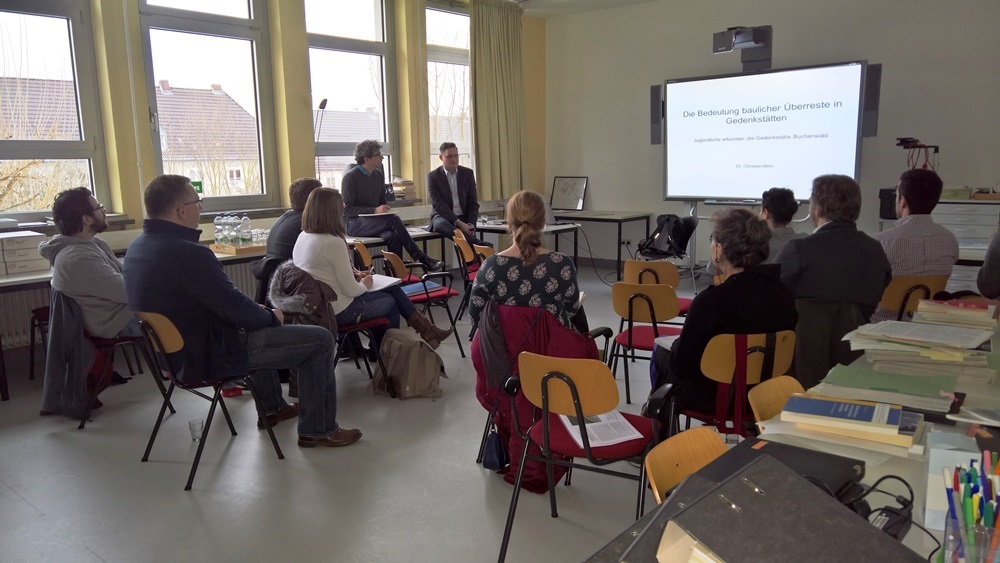
- Read here the documentation of the teacher workshop on February 15, 2018 at the IZS by Maik Ullmann.
On Friday, December 8, 2017, the third workshop on the topic of the envisaged memorial and educational site of the Laagberg subcamp took place in the lecture halls of the Alvar Aalto House of Culture in downtown Wolfsburg, which was realized by the Institute for Contemporary History and City Presentation as part of the citizen participation process. The main focus was on concept ideas that were developed in cooperation with Aleksandar Nedelkovski, the head of the local history workshop, by students from local schools and trainees from the city and Volkswagenwerk over the past weeks.
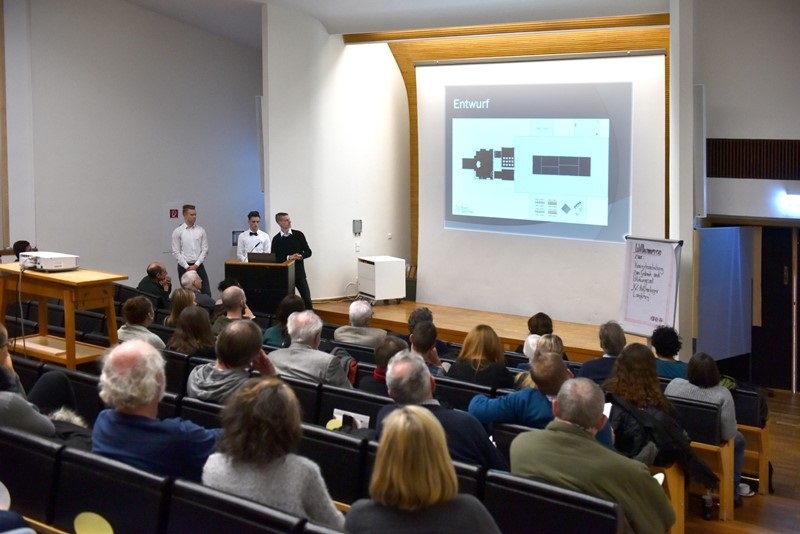
While the first two workshops were initially about "opening the view" and getting an overview of the latest developments in the Lower Saxony memorial landscape, discussing current educational concepts for memorials and the question of the "historical authenticity" of former concentration camp sites, the students and trainees imagined the specific learning site to be created. Afterwards, the ideas presented were discussed together with the suggestions from the citizens at five thematic stations according to the "Walk & Talk" principle.
Concept "Memorial and Educational Site of the Laagberg Subcamp": Thematic Workshop 2: "Memorial Education, Concepts of Mediation and the Question of Authenticity of Former Concentration Camp Sites".
The "authentic place" or the "authentic" - on November 10, 2017, in the course of developing a concept for the future learning and memorial site on the grounds of the former concentration camp on the Laagberg, a thematic workshop on this topic took place on the premises of Wolfsburg's Goethe School. Since the concept of the authentic already advanced to a kind of "fighting term" in April 2017 and thus at the beginning of the discussions about the further handling of the barrack remains on the Laagberg, the first two lectures were about a scientific classification. Then, the "denk.mal Hannoverscher Bahnhof" was presented as an example of a current realization of a memorial site, before the figure of the museualized contemporary witness was placed in the center.
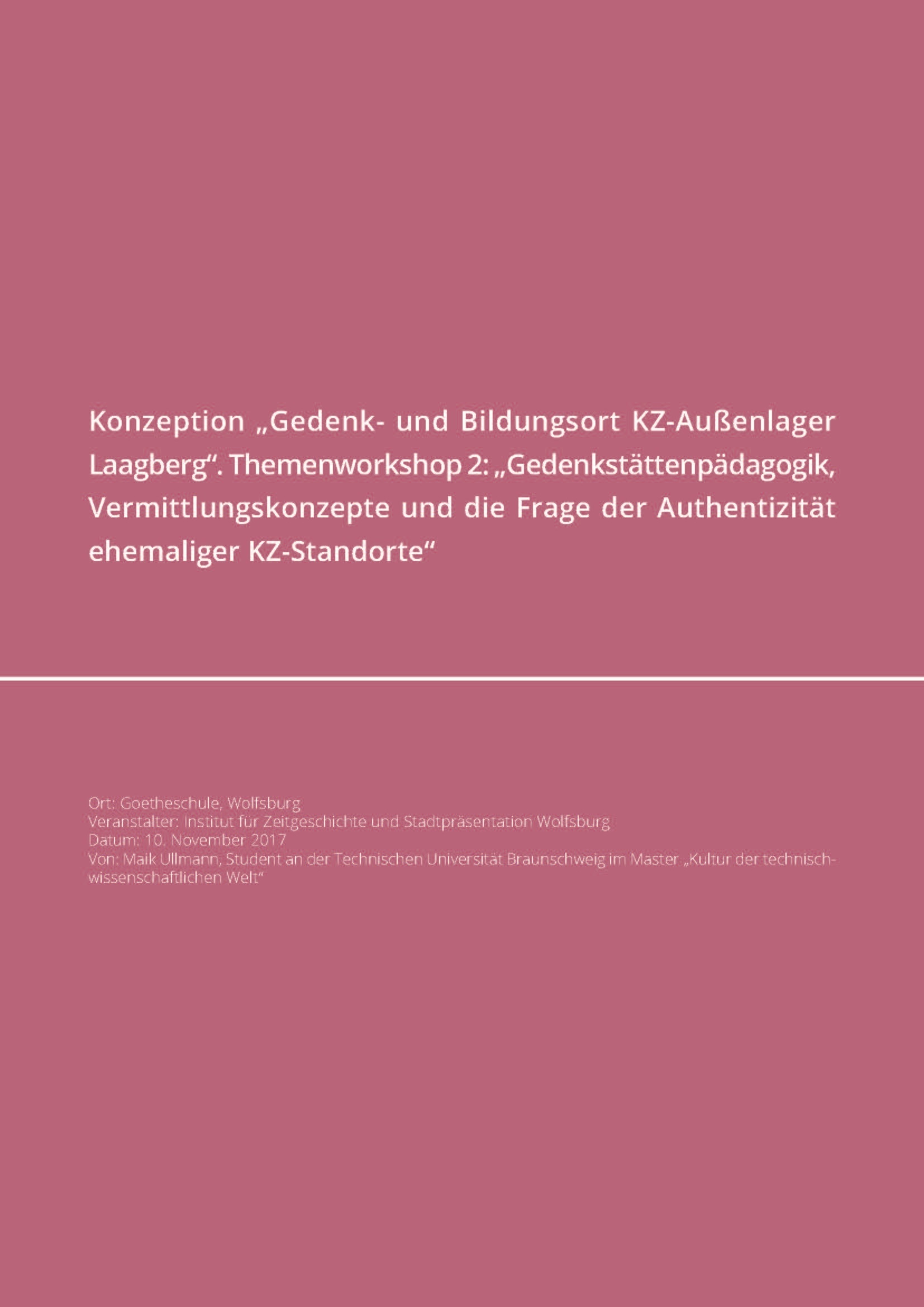
The discussion showed that in remembrance work it is not primarily the supposedly authentic place that should be the focus. Instead of ideologically charged or instrumentalized spaces, it is rather the individuals who should be highlighted from the homogenized mass of victims in memorial sites or at historical locations - as an opportunity to regain lost identities.
As part of the conceptual development of the Laagberg Concentration Camp Subcamp Memorial and Educational Site, the Institute for Contemporary History and Urban Presentation of the City of Wolfsburg (IZS) is organizing a series of thematic workshops in order to outline the design and content framework of the site to be created in more detail with the broad participation of committed citizens and representatives of victims' and interest groups as well as political bodies. On October 20, 2017, the first step was therefore to "open our eyes" and get an overview of recent developments in Lower Saxony's memorial landscape.
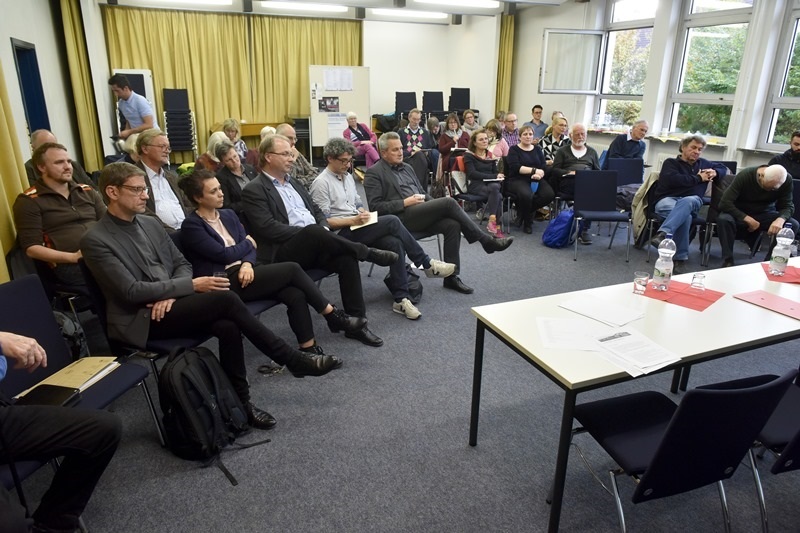
In addition, there should be a fundamental discussion about the didactic value of the barrack remains as the intended central exhibit of the memorial and learning site and what they say about the Nazi tyranny. And how could the path to be taken from a conceptual thought experiment to a walk-in memorial and learning site look in concrete terms? To explain these and other questions, the IZS invited Dr. Jens-Christian Wagner, the managing director of the Lower Saxony Memorials Foundation, as well as the independent cultural scientist Dr. Andrea Hauser and Andreas Ehresmann, the director of the Sandbostel Memorial.
Report on the information event on August 14, 2017
In spring 2017, in the course of construction work on the Laagberg, foundations of the former prisoner barracks 4 of the Laagberg subcamp were uncovered near Breslauerstraße. An intensive discussion arose in the city about how to deal with these stone testimonies of Nazi tyranny, which was also noticed and commented on beyond the region. How should those parts of the foundations be treated or dealt with?
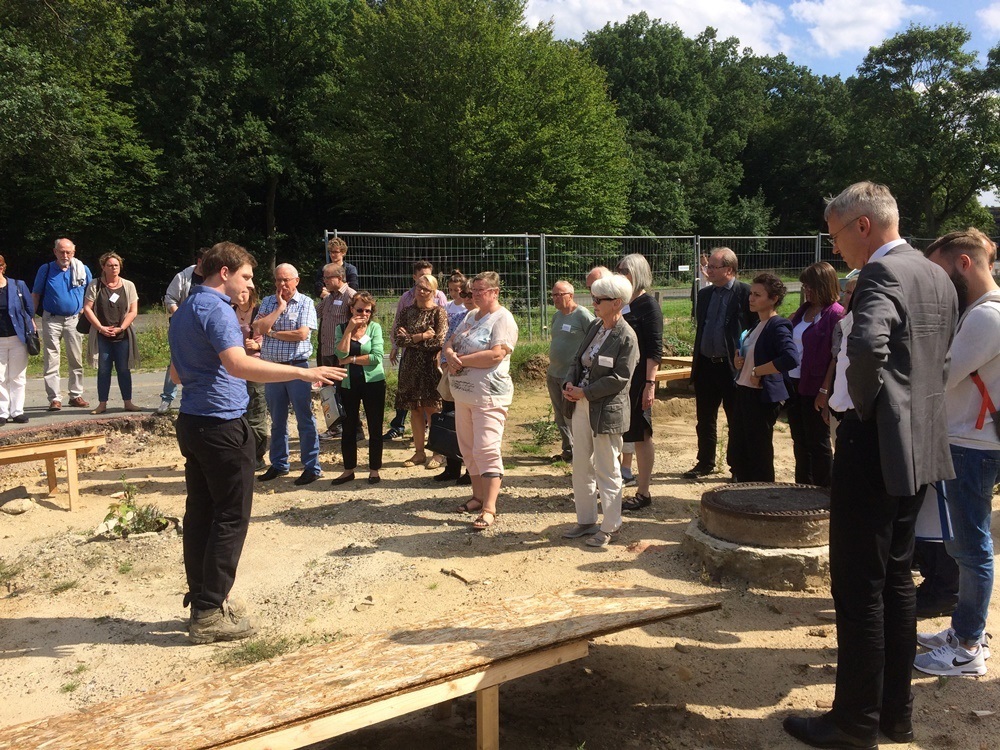
The committed and interested population of Wolfsburg, politicians and various local as well as national and international victims' and interest groups have not yet reached a consensus on the question of whether the barrack foundations should be preserved on site or relocated, often preferring different approaches. In the political decision-making process via the local council Mitte-West, the cultural committee, administrative committee and the council of the city of Wolfsburg, it is precisely the planned relocation of the remains of "Barrack 4" that has remained topic number one. With the hope of creating a common basis, but especially also to conduct an open dialogue with all interest and victims' associations and committed citizens, as well as to reflect the state of information and knowledge regarding current considerations and all future planning, the City of Wolfsburg initiated a corresponding information event on August 14, 2017 at 2 pm in the rooms of the Goethe School.
- The location of the concentration camp at Laagberg
- Letter of the Amicale Internationale KZ Neuengamme (AIN) on the visualization of the barrack foundations KZ Laagberg
- Council submission V 2017/0336-1 Memorial and educational site on the grounds of the Laagberg subcamp of Neuengamme concentration camp
- Council proposal V 2019/1008-1 Laagberg concentration camp memorial and learning site; implementation of a planning competition
- Annex 2 to submission V 2019/1008-1 - Site plan
- Annex 3 to submission V 2019/1008-1 - Room program for submission V 2019/1008-1
- Annex 4 to submission V 2019/1008-1 - Procedural costs of holding a planning competition
- Press release from 10.09.2019 - Laagberg memorial and learning site / Implementation of a realization competition recommended in the cultural committee
-
Contact
City of Wolfsburg
Institute for Contemporary History and City Presentation
City of Wolfsburg
Goethe School
Goethestrasse 10a Entrance C
38440 WolfsburgTelephone: 05361 27-5730
Fax: 05361 27-5757
